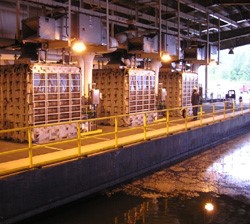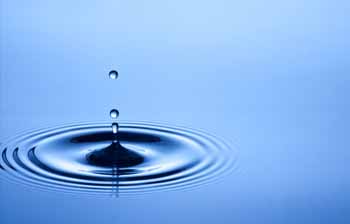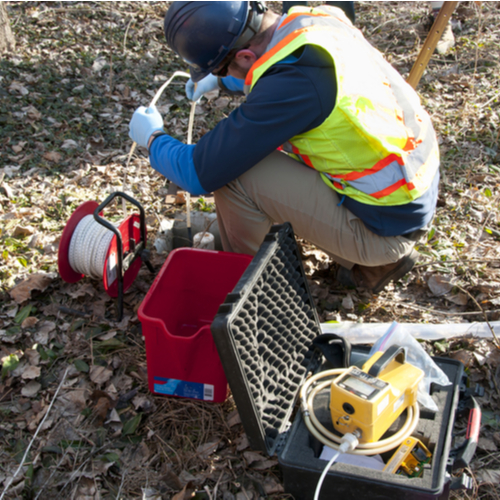Excessive liquid in wells can cause flow from the well toward other bodies of water, like rivers, aquifers and oceans. This excess liquid can be extracted through a well drilled into the aquifer. A well is a pipe in the ground that fills with groundwater. This water can be brought to the surface by a pump.
Why should I extract?
Pumping water from the well removes water and any dissolved or floating contaminants from inside the well at first. That lowers the water level inside the well. This means that water will flow from the surrounding aquifer (higher groundwater head) toward the pumping well where the groundwater head is now lower. That is how a well gets water from the ground. The water table, or potentiometric surface, will slope in toward the well where the water is being withdrawn. This creates a shape known as a cone of depression. The cone of depression will pull water and contaminants in from the surrounding area.
What benefits will I get?
Extracting groundwater will help minimize contaminants from migrating away from the well and keeping the contaminated area from expanding. This becomes critical when contaminants cross property lines and boundaries or infiltrate rivers, lakes, streams, oceans or drinking water aquifers.
How do I do it?
QED pumps are ideal for landfill pumping, with its fluctuating flow rate and discharge head requirements, challenging downwell environments and special hazards that make other pumps unsuitable. Ever since users first adapted our monitoring well purge pumps to collect leachate, a continuous program of customer-driven engineering advances has created the industry's most complete, highest performance landfill pumping product line.



